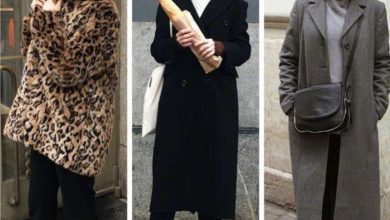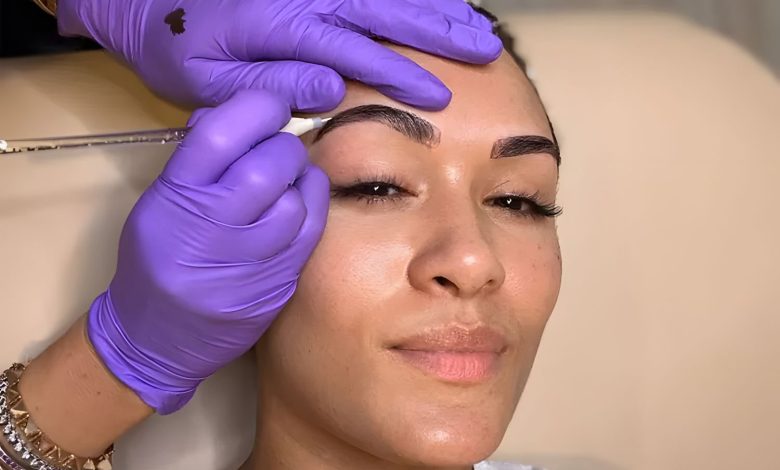
Imagine having perfect brows every day without the need for makeup. Permanent makeup allows you to achieve this.
Piret Aava is a brow expert and CEO at Eyebrow Doctor. She says that well-groomed eyebrows help frame the face, and give you an overall polished and rested appearance. Permanent makeup, including microblading, powder brows and safe pigments can be applied with sophisticated tools and needles.
Experts explain the difference between microblading and powder brows.
What is Microblading ?
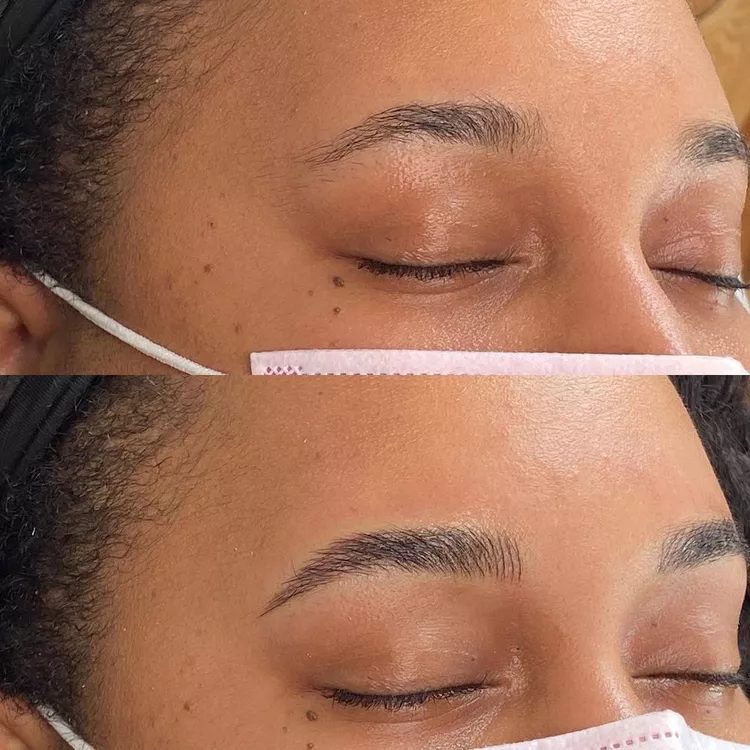
Microblading Before & After.@browstress
Anyone with sparse eyebrows, uneven or thinned eyebrows will benefit from microblading. The pigment is deposited using a handheld tool with small needles. Alexa Nika, owner of MOKO Beauty Studio and master permanent makeup artist, says that the strokes look like eyebrow hairs. The total appointment time ranges between an hour and a half to two hours. A follow-up is scheduled four to six months later for any touch-ups that may be needed. Nika notes that pigments will fade over time. To maintain the desired shape and color of eyebrows, a refresh will be needed every 12-18 months.
According to board-certified dermatologist Joshua Zeichner MD, microblading should not be done on women who are pregnant or taking Accutane. It is also not recommended for those with conditions that compromise the skin’s barrier, such as eczema or rosacea. You should also avoid this treatment if your skin is oily or prone to keloid scarring. Oil can interfere with the healing process and pigment retention.
What are Powder Brows ?
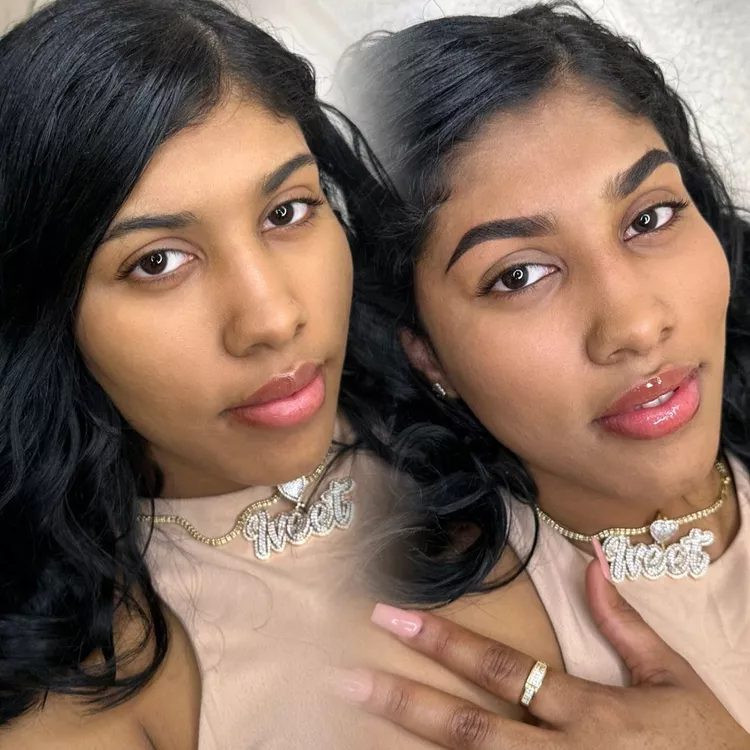
Powder Brows before and after.
Powder brows can be used by anyone who wants a brow that looks like it’s been filled in with makeup. Clara Medina is a permanent makeup artist at Modern Beauty Studio Academy. She says that a tattoo pen with fine needles embeds pigment into the surface layers of skin to create a powdered, soft brow. Some clients ask for an ombre look, in which the brows are lighter at the nose, and darker at the tail. It takes between two and three hours to complete the process. Sometimes, an additional session may be required four to eight weeks after. Medina says that clients may need to return to the salon in two to three years for a “color boost”.
Powder brows can be used by all skin types, says Dr. Zeichner. He is an associate dermatology professor at Mount Sinai Hospital, New York City.
How to Prepare for Permanent Brow Makeup
You’ll want to stop waxing, threading and tinting your eyebrows four weeks before the procedure so your technician can get a better idea of your natural shape and fill. Also, you’ll need to avoid lasers, chemical skin peels, facials and microdermabrasion, as these can thin out the upper layer of your skin, resulting in poor placement of pigments and color retention. Avoid products that contain retinols and exfoliating acid a week before the treatment. These can cause skin sensitization. Stop drinking caffeine and alcohol 24 hours before the treatment. These substances can thin blood and cause bleeding. The sun is another no-no. “Sunburned, peeling skin will carry the pigment along with it,” warns Dr. Zeichner.
What happens during powder brow and microblading?
Initial Consult
The skin is cleaned and disinfected the day before the treatment. A topical anesthetic is then applied to numb the area. This helps minimize any discomfort. Your technician will then determine the color of your brows and your desired look, before using a special pen to draw out your shape.
The Pain Factor
Nika says that pain is subjective. Most of her clients experience little to no discomfort during the two procedures. Many even fall asleep. “The sensation is described as someone scratching at the skin” or as how it feels to get brows threaded. The good news, however, is that the sensation appears to diminish with the progress of the procedure. Nika says, “Be sure to tell your technician if you feel any discomfort during the procedure.”
Initial Results
The brows will appear darker in the first few weeks after either procedure due to swelling and pigment oxidation. Byrne says that as the skin heals, and the pigment settles, the color will become lighter to give a more natural result. “Often, at this point, clients become nervous, thinking that something is wrong. It’s part of the healing as the skin absorbs pigment. Most of the pigment will return after the scabbing. It may be a little lighter. Medina says that between four and six weeks following the procedure you will see a 30 to 40% fade in color. The result is a more natural looking brow.
The Cost
Costs for microblading or powder brows are determined by the technician, product, and location. Medina says that fees for microblading can range from $300 to $700, and for powder brows between $300 and $1200. Touch-ups are available for both services starting at $100.
Aftercare Tips
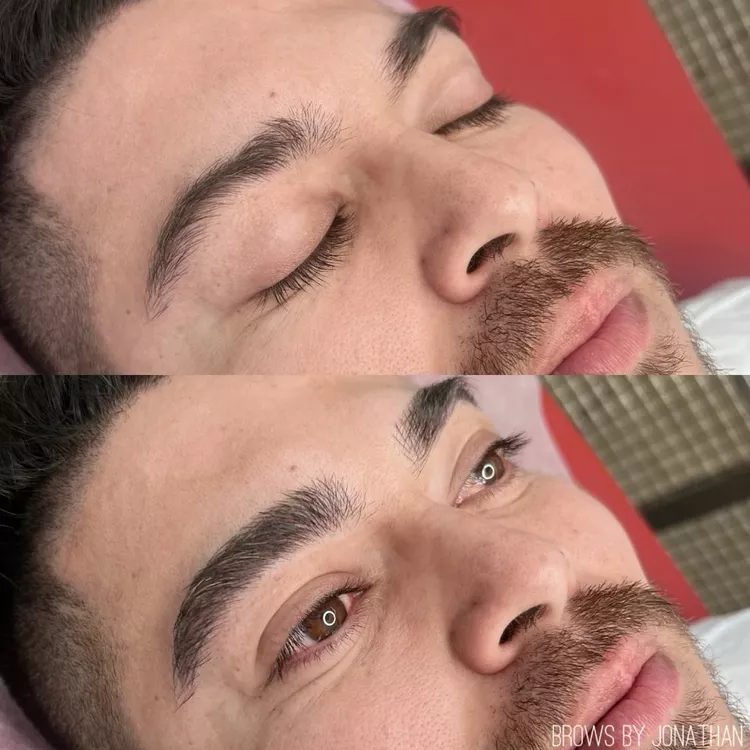
Microblading Before & After.@perfectframe.mb
Both procedures can cause mild swelling and redness. Aava says that the treated area might feel like a sunburn to touch. However, this will subside in a few days. A cold compress will help reduce swelling and ease discomfort. Microblading patients can expect to see individual scabs for each stroke while powder-brow treatment results in one large scab. “Itching is a problem, but you should not pick at the scabs as this could interfere with the healing process,” advises Dr. Zeichner. As the days pass, you will notice that your skin becomes flaky and dry. This is normal. “At this time, try not to touch your skin.”
For continued success, avoid the sun for at least two weeks and use a semi-occlusive barrier cream like Aquaphor daily to moisturize the area and promote healing. Dr. Zeichner advises to avoid getting the area wet, and also avoiding activities that could cause excessive sweating. This can affect the pigment retention. Avoid retinoids, exfoliants and other products that can cause pigment to be shed.
Safety and Risks
To prevent infection, the same care practices are used for both microblading as well as powder brows. Dr. Zeichner says that your technician must adhere to strict hygiene guidelines to ensure a safe, sanitary procedure. Ask them about the sterilization method, disposable supplies and tools, and compliance with local health and safety laws.
You should be on the lookout for any signs of infection, such as swelling, redness or pain in the area. You’ll have to visit a dermatologist if this happens and ask for a topical antibacterial. Dr. Zeichner recommends that you do a patch-test for both procedures in order to determine if there are any allergies or scarring issues. This skin test can be performed easily by lightly scratching a small section of skin and applying a little pigment to see if there is a reaction within 48 hours,” says Zeichner.
How to Find a Qualified Tech
Your technician should be properly certified and licensed in your region. You can check their accreditation with the American Academy of Micropigmentation. Then, look at reviews and before-and after photos to gauge their reputation and quality of work. Nika says that you should look for someone with experience in your skin tone and eyebrow shape. Schedule a pre-consultation with your doctor to discuss any concerns, goals or preferences you may have. Also, be sure to pay attention to the professionalism, cleanliness and communication of your doctor.
Which is Right for You?
Microblading is different from powder brows in that it uses a blade instead of needles to cut the skin. The final look is also different: Microblading creates hair-like strokes that mimic the look of natural eyebrows. Powder brows produce a more filled-in appearance, similar to makeup or eyebrow powder. The longevity of the two treatments is different, but their prep, aftercare and risks are similar.




